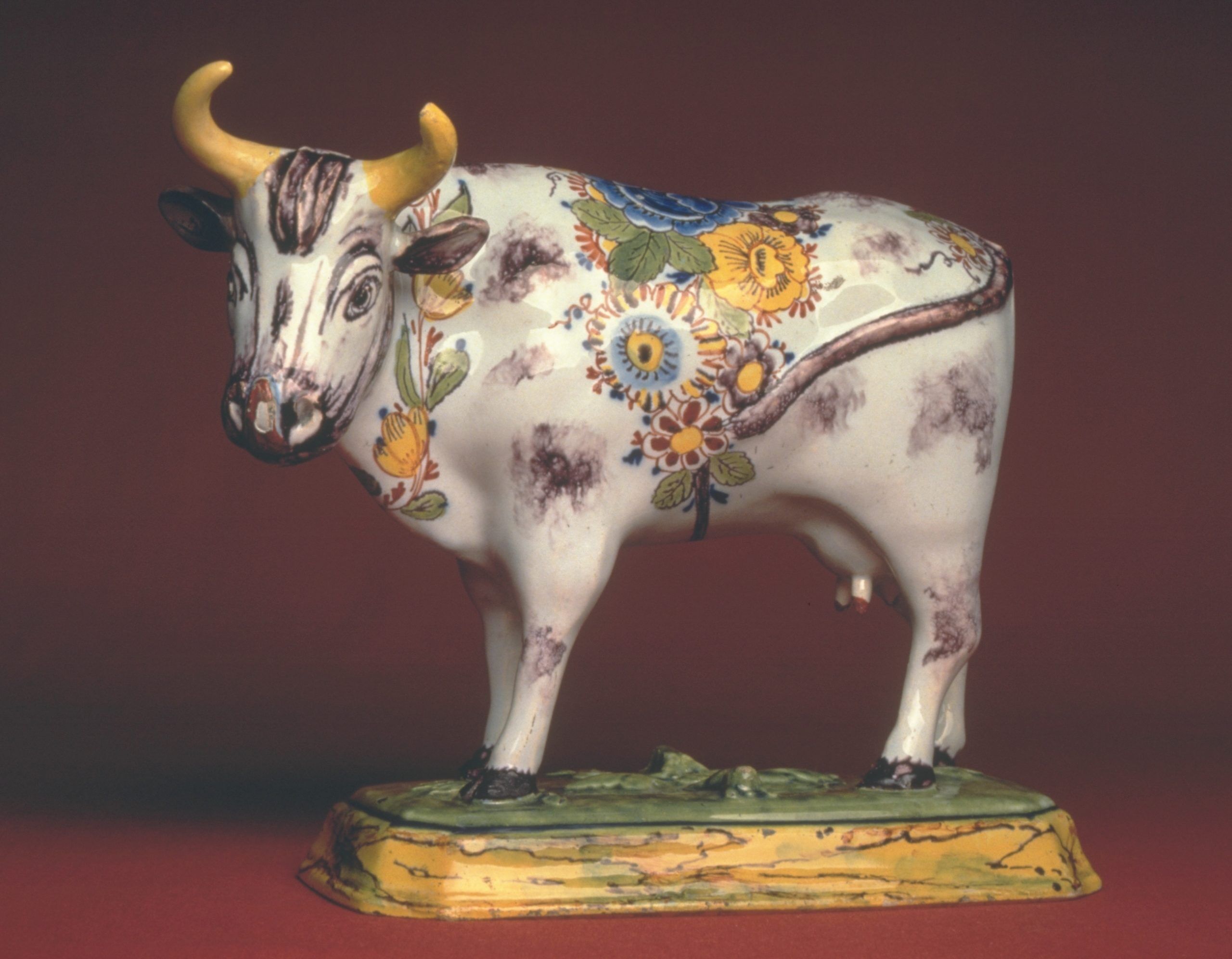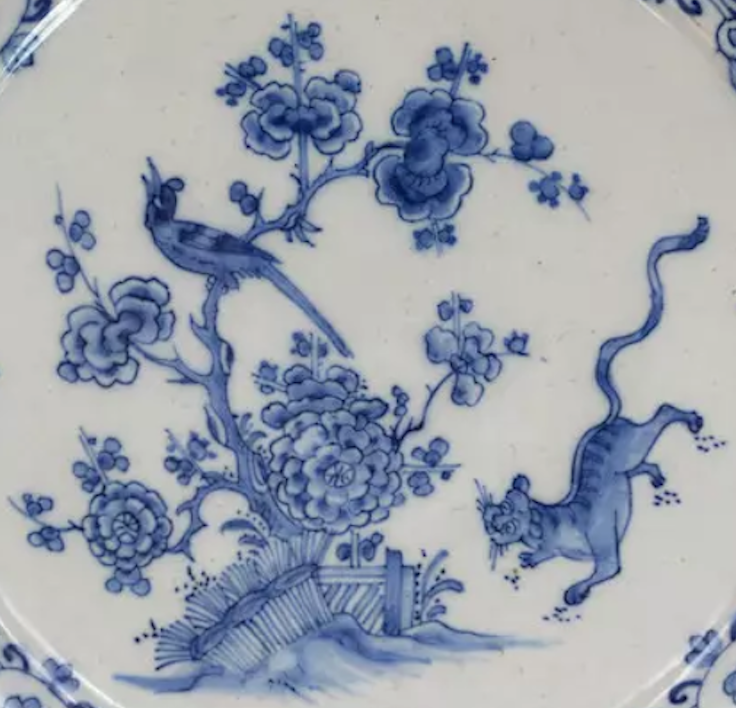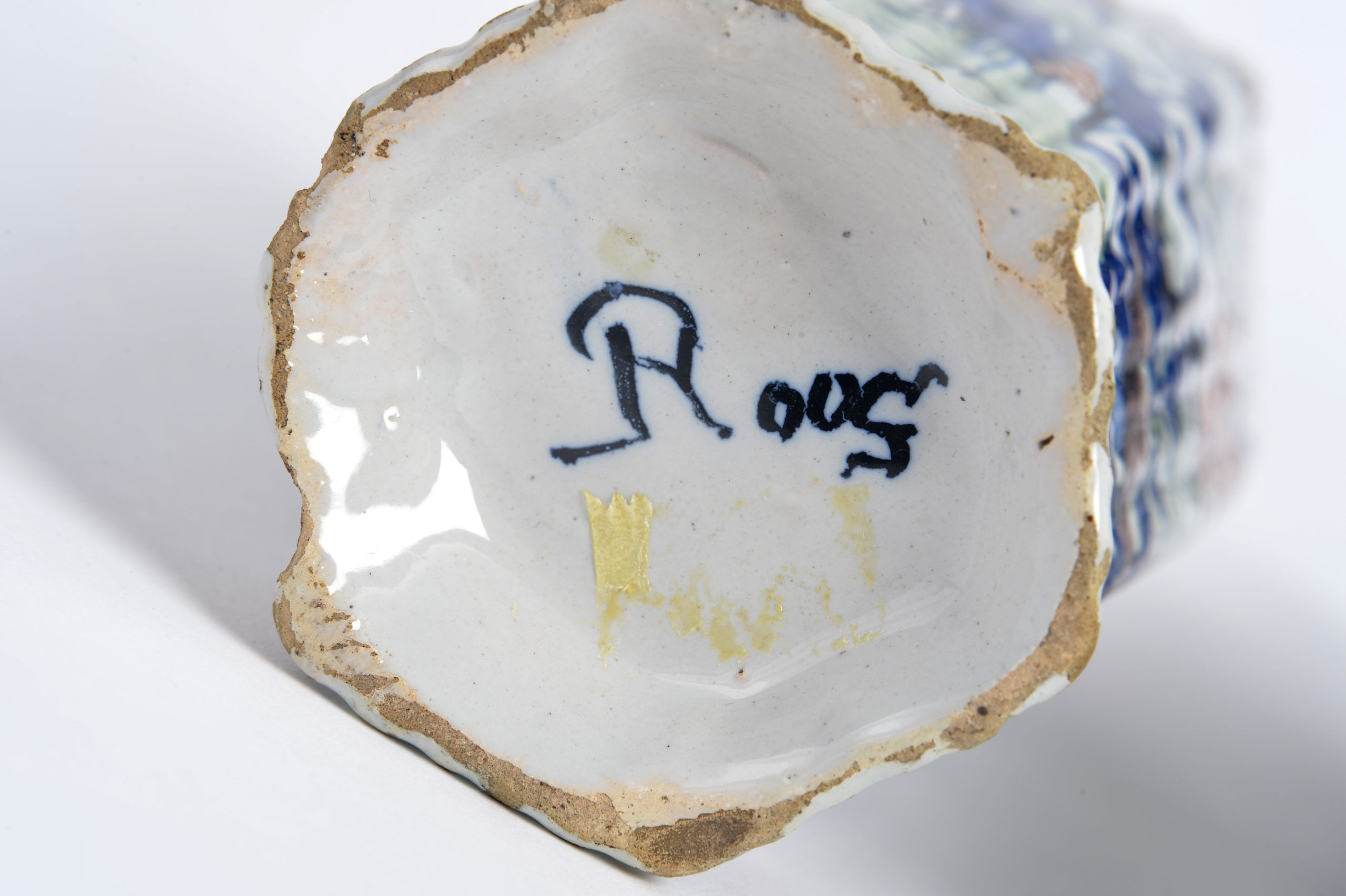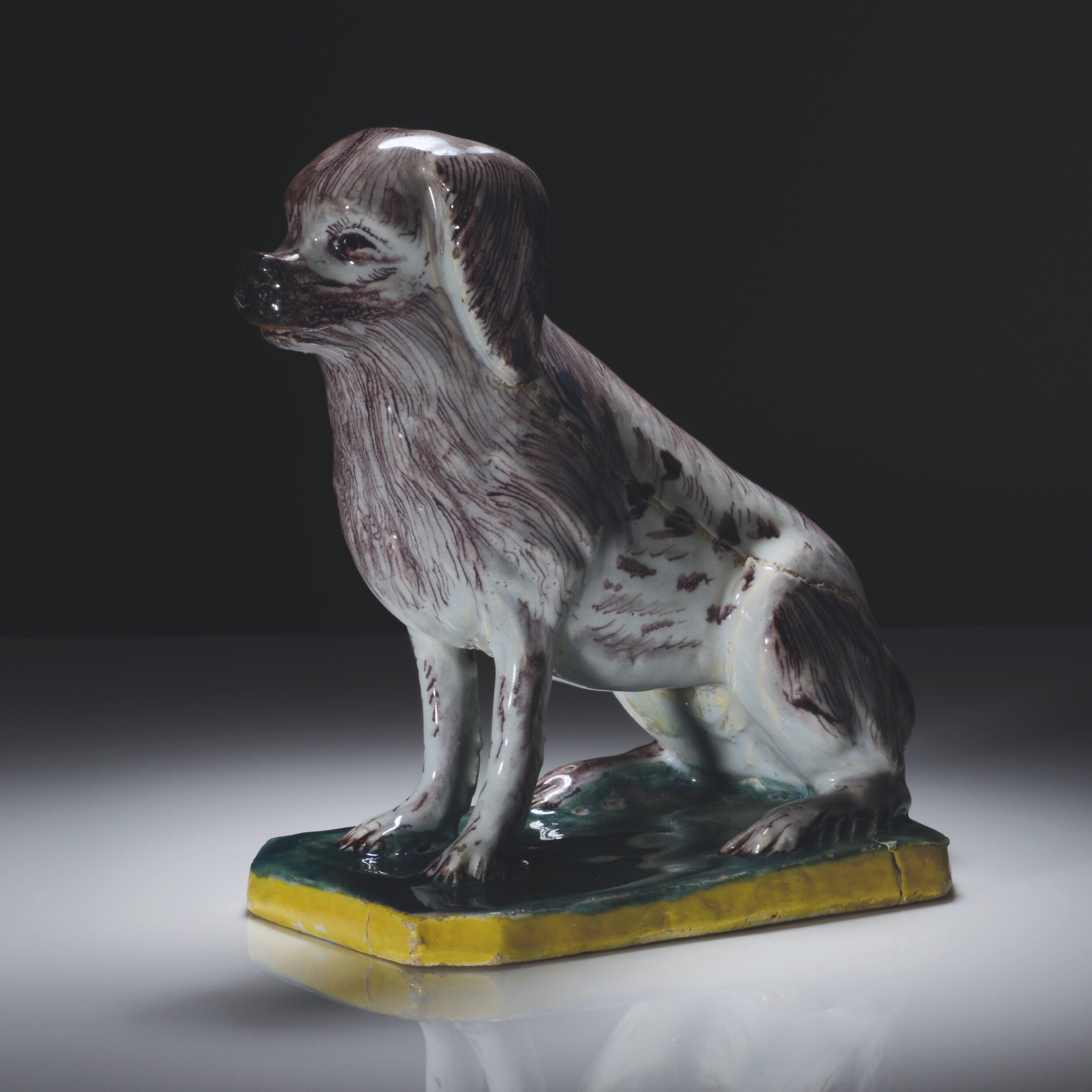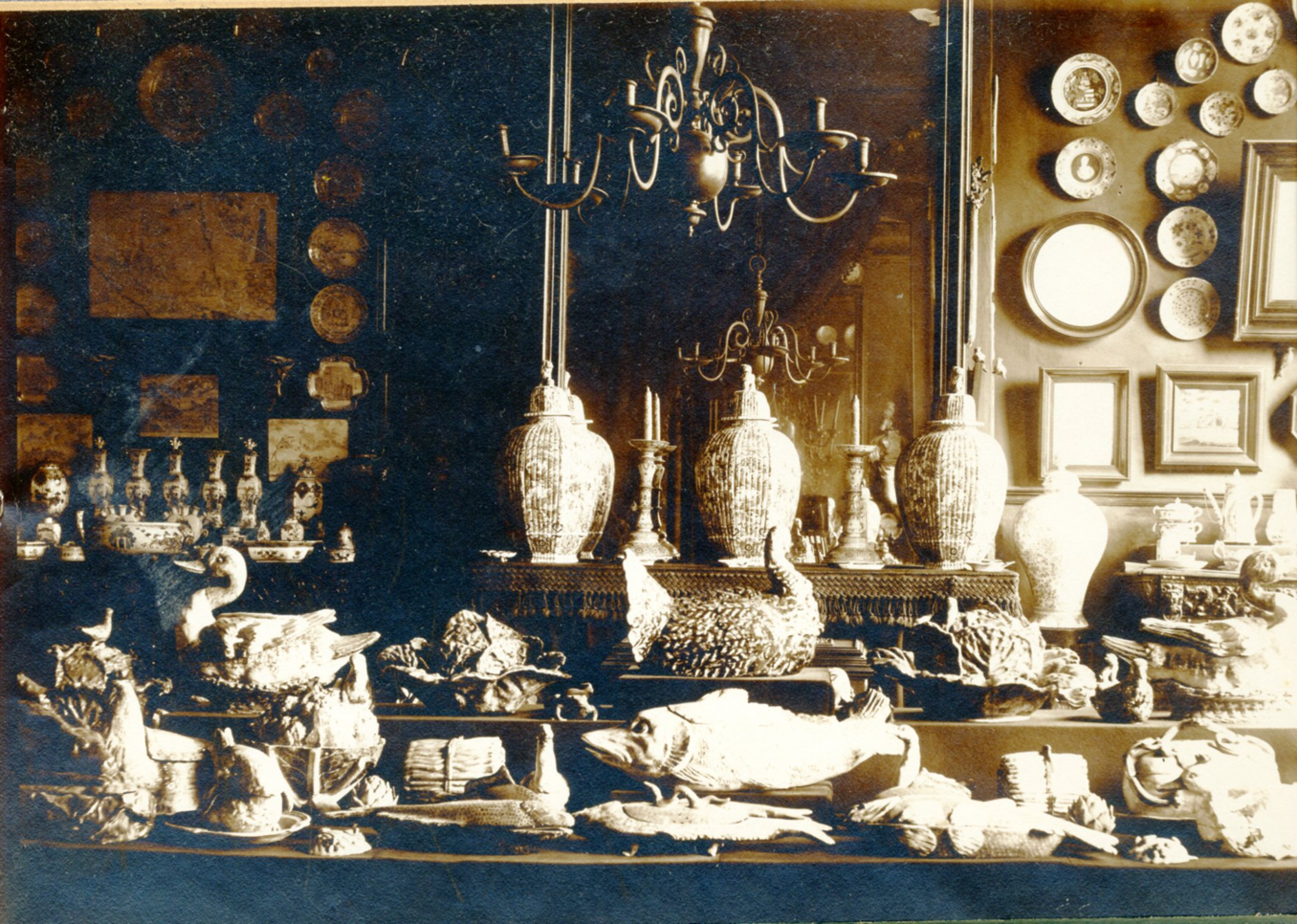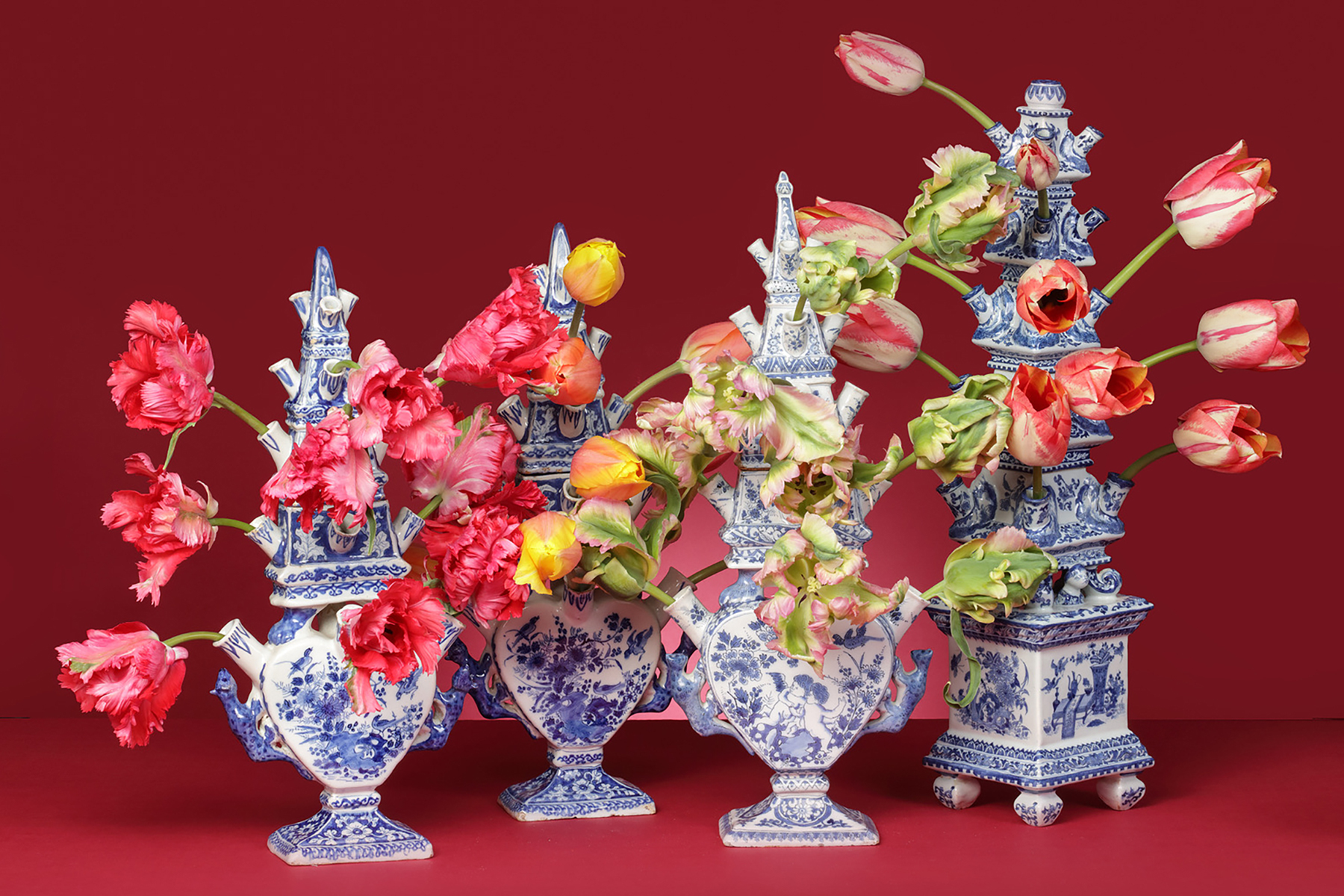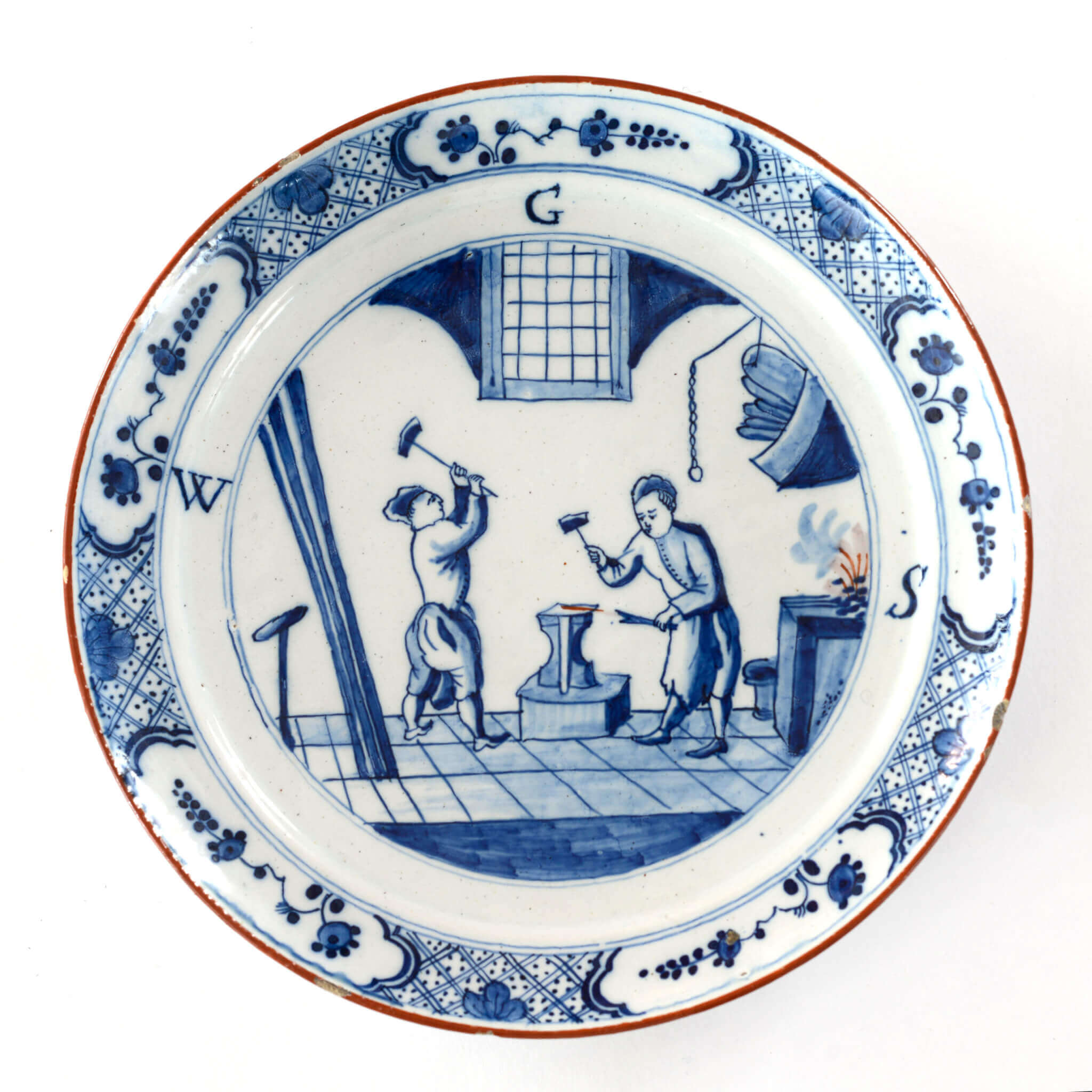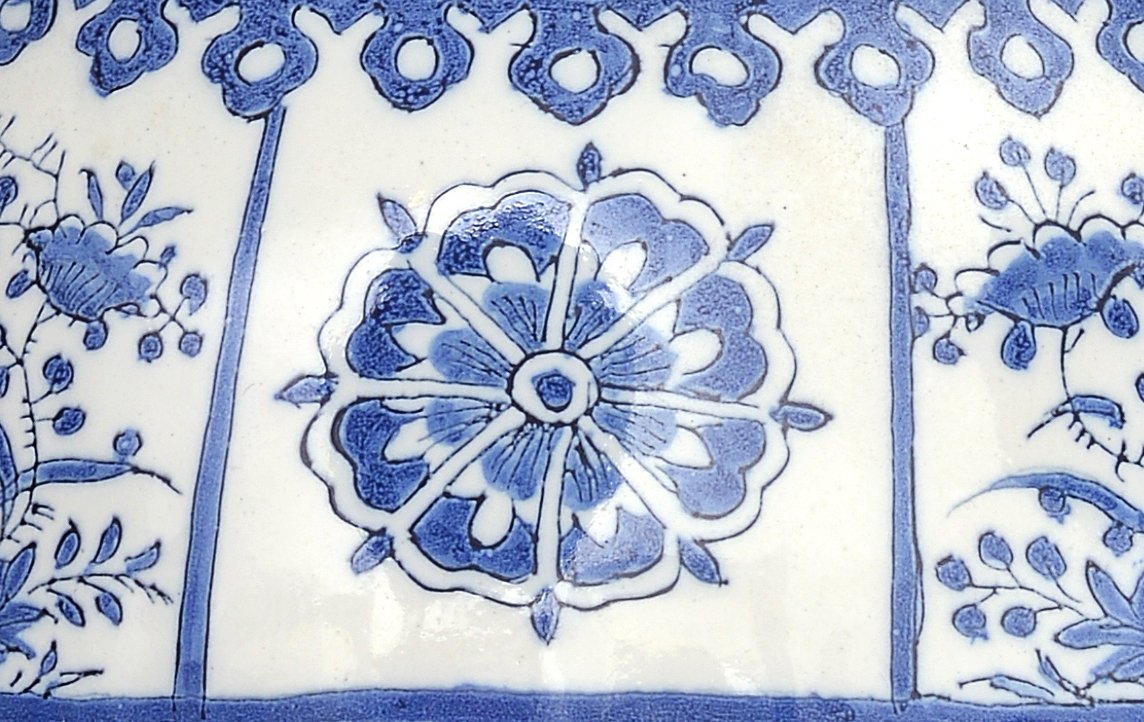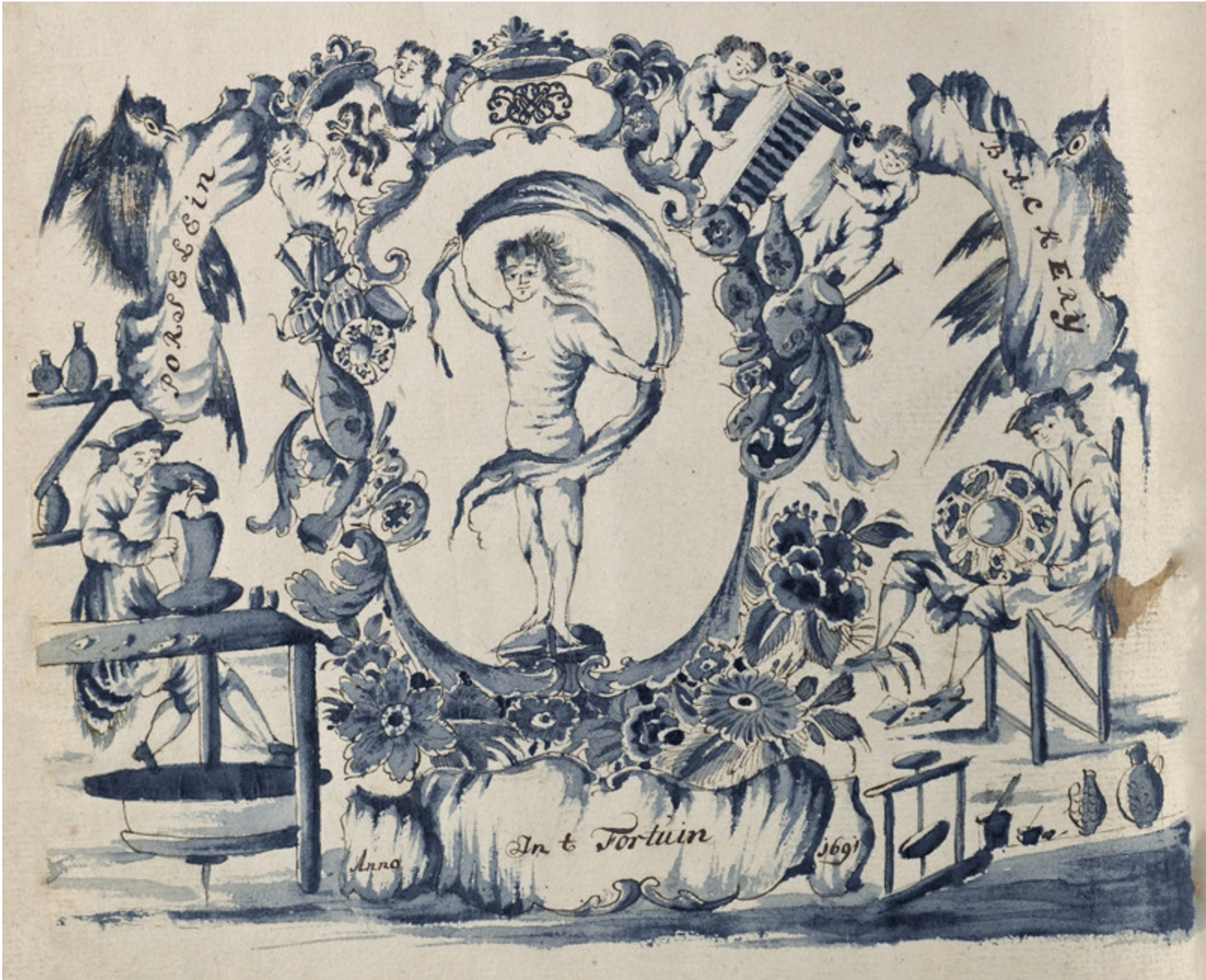Musée Benoît De Puydt and Eighteenth-Century Ceramics from Northern Europe by Chloé Jacqmart
The extraordinary legacy behind the creation of the museum of Bailleul in 1859 is remarkably eclectic, while drawing on the identity of its collector, Benoît De Puydt. This collection testifies to a widespread phenomenon in nineteenth-century European bourgeois circles, and draws visitors into the world of a local personality. Born in the French commune of…

